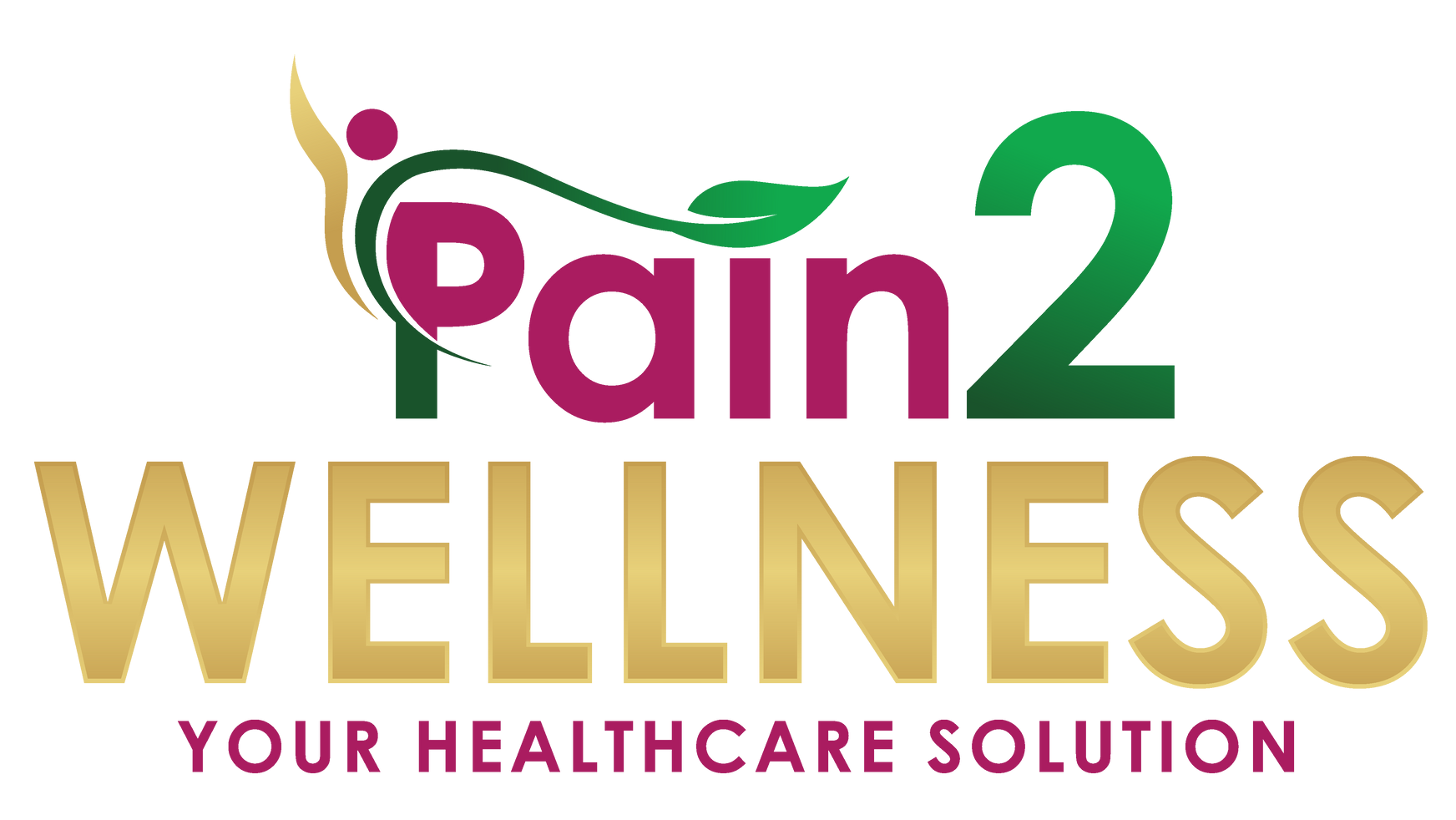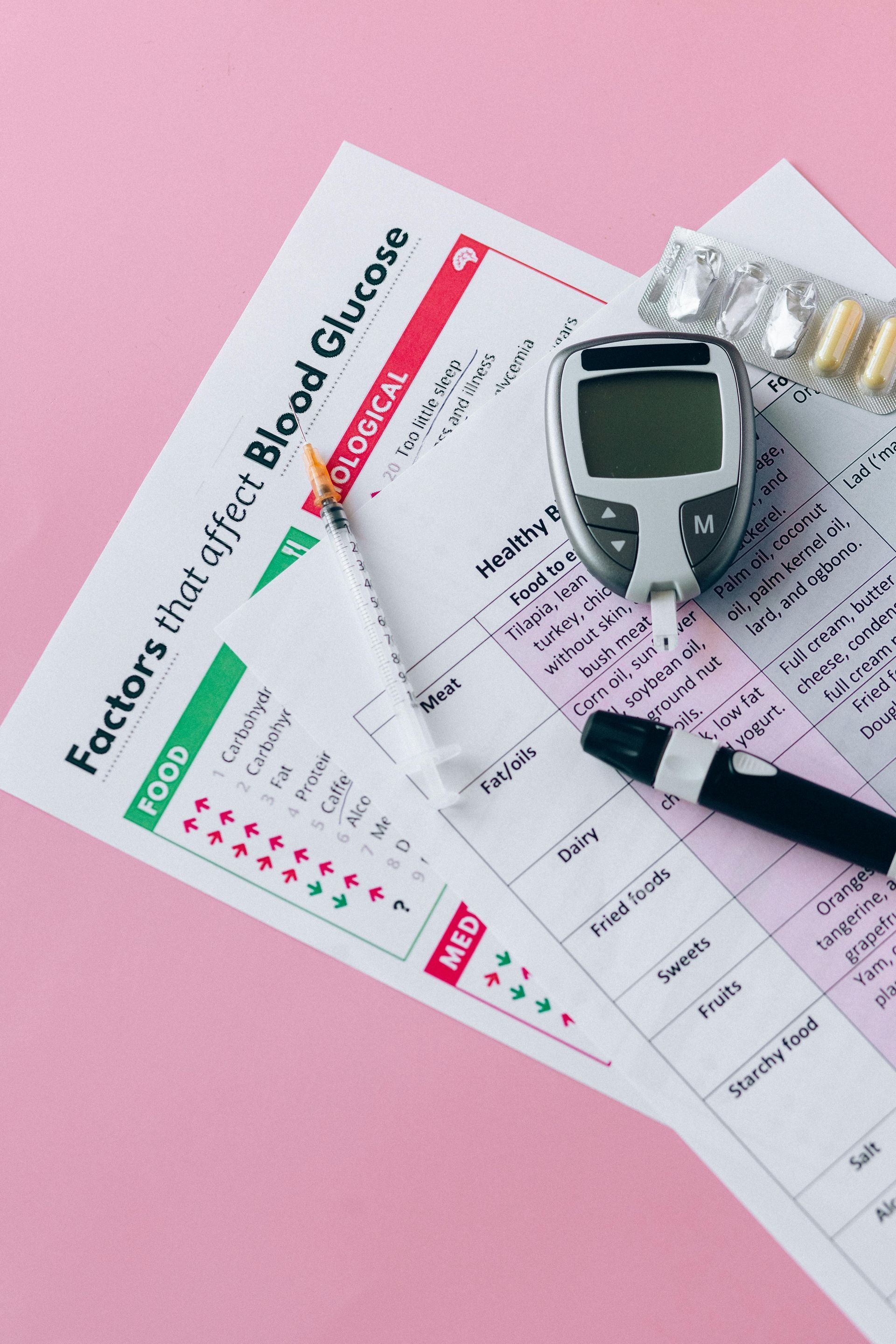How to Reverse Type 2 Diabetes Without Medication
The lifestyle prescription your doctor may not have written—but your body desperately needs.
If you've been told that type 2 diabetes is a lifelong disease, you're not alone—but you're also not being told the whole truth.
Science now shows that type 2 diabetes is not only preventable but reversible —and it doesn’t always require medication to do it. With the right lifestyle changes, many people are lowering their A1c, coming off medications, and reclaiming vibrant, energetic lives.
Understanding the Root Cause
Type 2 diabetes is not just about sugar —it’s about insulin resistance. Your body still makes insulin (unlike type 1), but your cells no longer respond to it effectively. As a result:
- Glucose builds up in your bloodstream
- Your pancreas overproduces insulin
- Your body stores more fat, especially around the belly
- Your energy crashes and inflammation increases
Medication can manage blood sugar, but it doesn’t solve the root issue: insulin resistance.
Here’s the Good News
Insulin resistance is reversible. When you reduce the load on your body and restore insulin sensitivity, your cells begin to respond again. That’s where lifestyle intervention comes in.
5 Pillars to Reverse Type 2 Diabetes Without Medication
1. Eat a Whole Food, Plant-Based Diet
The #1 most powerful tool to reverse diabetes? Food.
A diet centered on whole, fiber-rich, plant-based foods:
- Lowers insulin resistance
- Supports weight loss
- Reduces inflammation
- Lowers cholesterol and blood pressure
- Nourishes the pancreas and liver
Focus on:
- Leafy greens (kale, spinach, arugula)
- Legumes (beans, lentils, chickpeas)
- Whole grains (quinoa, oats, brown rice)
- Low-glycemic fruits (berries, apples, citrus)
- Nuts and seeds (in moderation)
- Herbs and spices (like turmeric, garlic, ginger)
Studies show that plant-based diets can reduce A1c, lower insulin needs, and even lead to full remission. 1,2
2. Move with Purpose
Exercise isn’t just about burning calories—it’s a blood sugar powerhouse.
Physical activity improves glucose uptake in muscles without needing insulin. It also:
- Builds lean muscle
- Lowers visceral belly fat
- Improves mood and clarity
Aim for:
- 150 minutes/week of movement (walking, swimming, biking, dancing)
- Include strength training 2–3 times/week
Even 10-minute walks after meals can significantly lower post-meal blood sugar. 3
3. Manage Stress + Sleep
Cortisol (your stress hormone) can raise blood sugar—even if you’re eating right.
Chronic stress and poor sleep:
- Increase insulin resistance
- Elevate blood sugar
- Slow healing and fat loss
Start with:
- Deep breathing or prayer
- Journaling
- 7–8 hours of quality sleep
- A relaxing nighttime routine (no screens after 9 PM!)
4. Detox Your Environment
Toxins—from processed foods to cleaning products—can increase inflammation and stress the liver and pancreas.
Start small:
- Eliminate sugary drinks and processed snacks
- Use clean household products
- Avoid pesticides and hormone-disrupting plastics
- Support detox with fiber, water, greens, and movement
5. Track Your Progress
Reversal is a journey—not an overnight switch. Progress builds with consistency.
Track:
- Fasting glucose
- HbA1c
- Weight
- Blood pressure
- Post-meal energy and mood
Celebrate non-scale wins: more energy, better sleep, fewer cravings, improved mood.
The Diabetes Prevention Program showed lifestyle changes were more effective than metformin in preventing diabetes. 4
Real Talk: Does Everyone Come Off Meds?
Not everyone eliminates medications—but many reduce or stop safely with medical support. The earlier you act, the better.
Important: Do not stop any medications without consulting your provider. But do talk to them about your reversal goals.
Final Thoughts: Your Body Can Heal
Type 2 diabetes doesn’t have to be your forever story. With the right food, movement, mindset, and support, reversal is possible.
Our programs help you take practical, powerful steps every day toward reversal and whole-body wellness—without deprivation or confusion.
Ready to start?
Book a free discovery call
or explore our Diabetes Reversal Course.











